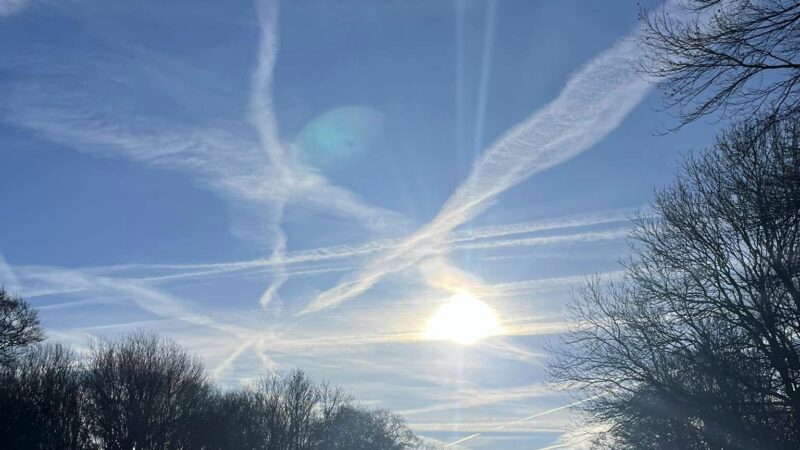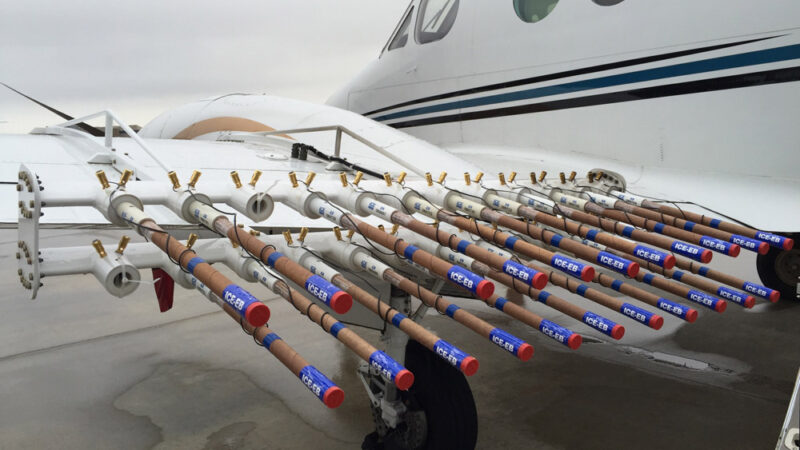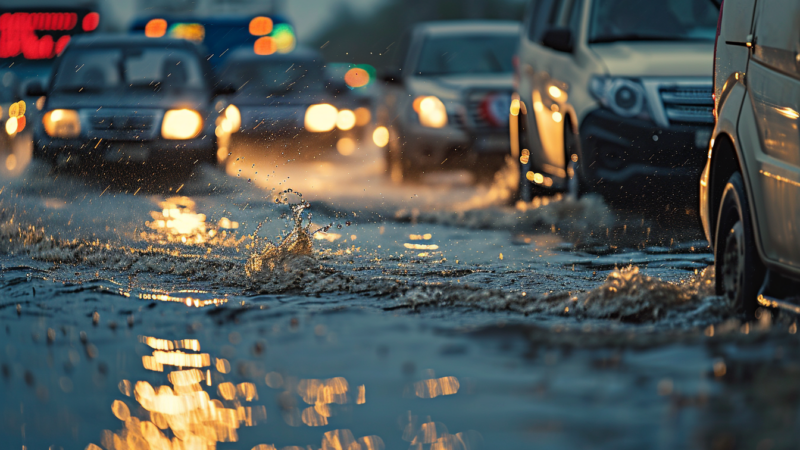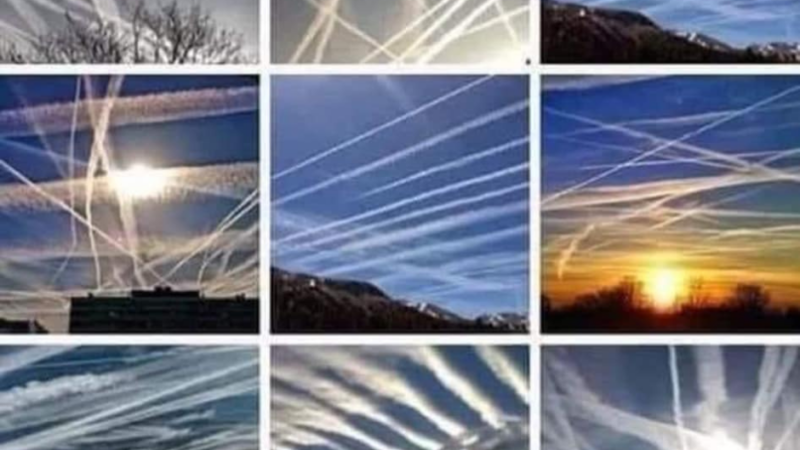Why Poison the Lawn When You Can Have Wildflowers At Your Feet
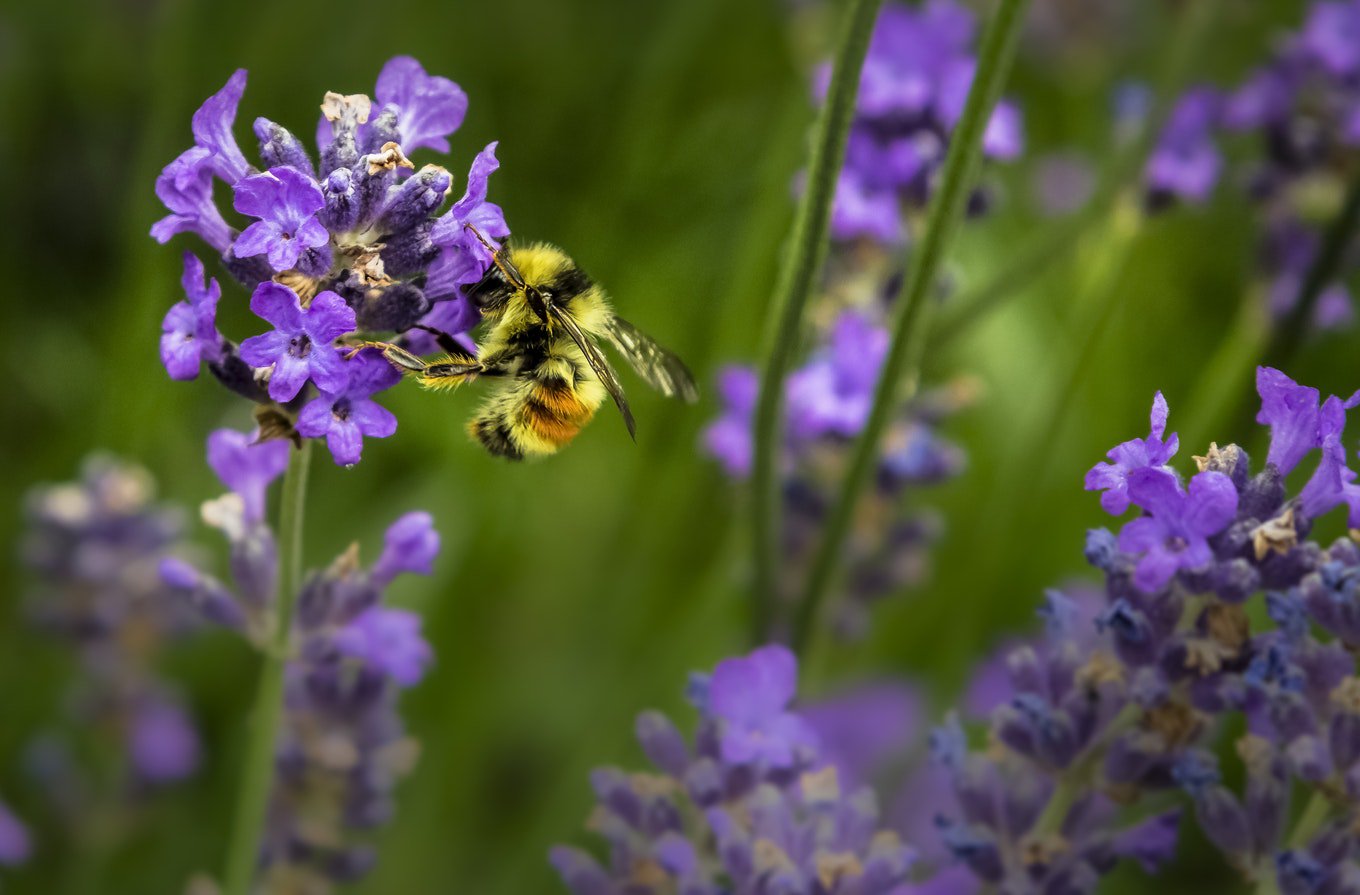
Wildflower seeds are carried on the wind, on the coats of wild animals and in the digestive tracts of birds. Anybody who’s paying attention would see them for the gifts they are: flowers that arrive, through no effort at all, to feed the bees and the butterflies.
But Americans generally aren’t paying attention. Too enraptured with the idea of a lawn that unrolls from the street to their very door, a carpet of green that remains green even when grass is supposed to be dormant, they see these homely little wildflowers as intruders, something to be eradicated.
Maybe the whole question seems like nothing more than a matter of personal preference — I like wildflowers, and other people like grass. To each her own. That would be a fair assessment of the situation if grass grew naturally under shade trees in suburbia and if homeowners killed the unwanted plants in their yards by pulling them up or mowing them down.
Neither is true. Grass requires a lot of chemicals and a lot of water to thrive. The wildflower seeds that are carried on the wind to my uncultivated yard are also carried on the wind to my neighbors’ highly cultivated grass. Instead of weeding, it’s easier to use chemicals to keep seeds from germinating, and to kill the ones that germinate anyway with more chemicals still.

But let’s be clear here: “Chemical” is just another way of saying “poison.”
Have you ever wandered down the yard-care aisles at a big-box store? Giant bags of fertilizer and gallon jugs of Roundup are stacked warehouse floor to warehouse ceiling, and the foul chemical stink they emit, even in sealed packages, will give you a headache if you linger long.
No surprise, the chemicals that give you a headache in Home Depot are bad for the environment, too. Fertilizer runoff ends up in our waterways, causing algae blooms that starve fish and other aquatic wildlife of oxygen. Pesticides and herbicides end up there, too, but first they poison us.
Last week, a federal jury ordered Monsanto, the maker of Roundup to pay $2 billion in damages to a couple who both had cancer. Last month, a federal jury ordered Monsanto, the maker of Roundup, to pay $80 million in damages to a California man with non-Hodgkin’s lymphoma, a form of cancer. It was the third time an American jury had found for a plaintiff with non-Hodgkin’s lymphoma, and Bayer, which now owns Monsanto, has once again vowed to appeal. This could be the beginning of the end for Monsanto’s carcinogenic product that dominates the market as more juries hear how Monsanto manipulated its own research, colluded with regulators and intimidated scientists to keep secret the cancer risks from glyphosate.
Nature has been trying to make this point for a while now. Next time you walk around a suburban neighborhood, take a mental wildlife census of the yards you pass. What you’ll invariably find is that the pristine lawns have almost no insects living there — no bees or butterflies, no beetles, no grasshoppers or crickets, no lacewings, no spiders, no roly-polys. And where there are no insects, there are also no tree frogs, no toads, no turtles, no bats, no songbirds. A staggering 96 percent of songbirds, even those that subsist on seeds and berries as adults, rely on insects to feed their young: A growing body needs protein, and for birds the best source of protein is a bug. And birds don’t know when a bug is sick with poison.
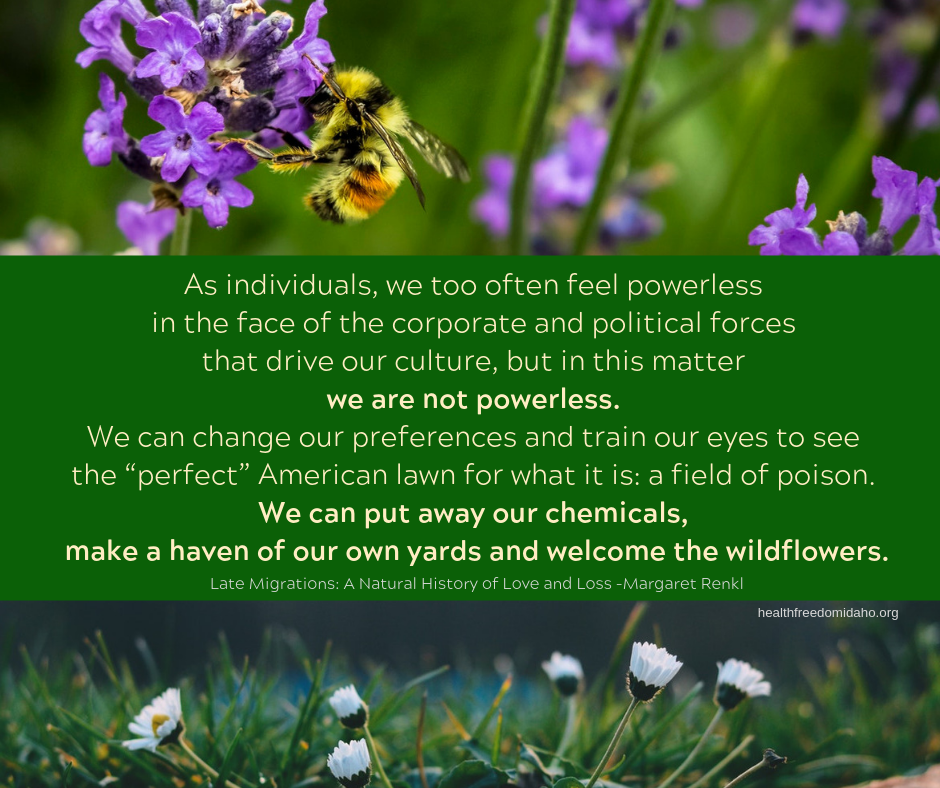
We tend to think of nature in terms of its resilience. A rat snake eats all the redbird babies, and the parents build another nest somewhere else and try again. A tree dies in the forest, and all the little woodland creatures make a feast of the insects that live in the deadwood.
But just because we can’t see something doesn’t mean it isn’t happening. We hear birds singing in springtime, and we assume that all is well, despite our chemicals, despite the heat we are generating with our fossil fuels, despite the forests we are laying waste to.
But we are wrong: The North American bird population is in steep decline, and the news is even worse for insects and amphibians: “Apocalypse” is the word scientists most often use to describe what’s happening to those populations.
Gerard Manley Hopkins didn’t live to see the havoc wreaked by the chemicals that poison us now, but he knew something about the vulnerability of the natural world:
What would the world be, once bereft
Of wet and of wildness? Let them be left,
O let them be left, wildness and wet;
Long live the weeds and the wilderness yet.
As individuals, we too often feel powerless in the face of the corporate and political forces that drive our culture, but in this matter we are not powerless. We can change our preferences and train our eyes to see the “perfect” American lawn for what it is: a field of poison. We can put away our chemicals, make a haven of our own yards and welcome the wildflowers.
Change your own habits and request the cities eliminate toxins: Sign our petition:Stop the toxic sprays at schools and playgrounds
Margaret Renkl is a contributing opinion writer who covers flora, fauna, politics and culture in the American South. She is the author of the forthcoming book “Late Migrations: A Natural History of Love and Loss.” @MargaretRenkl

